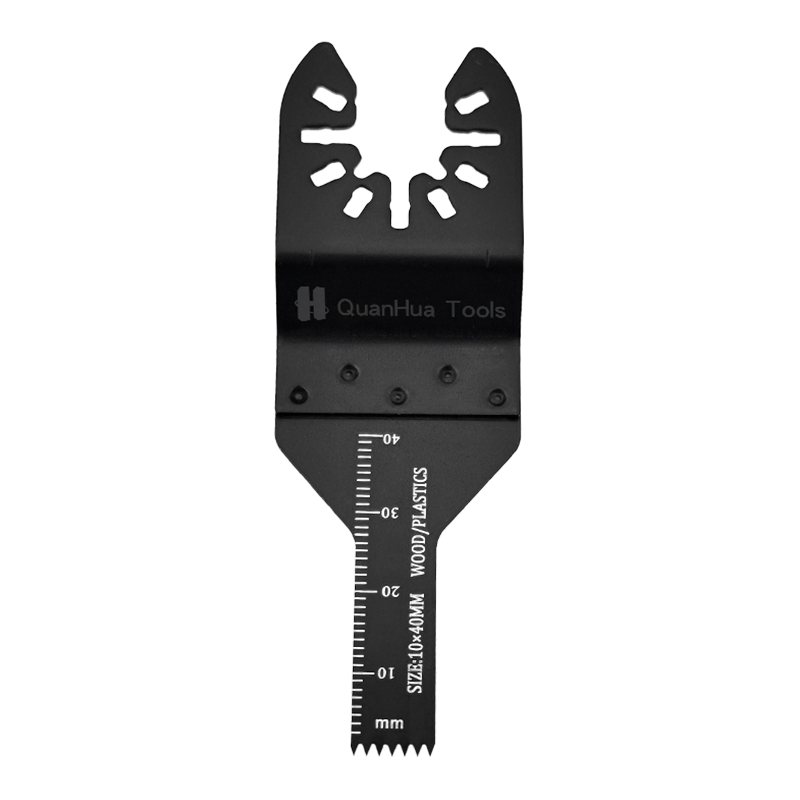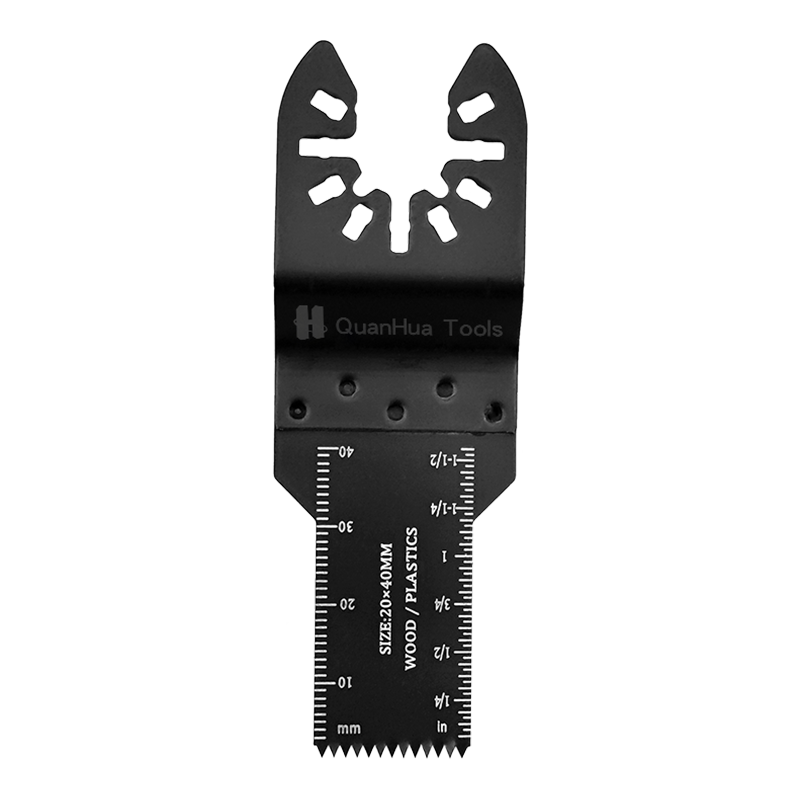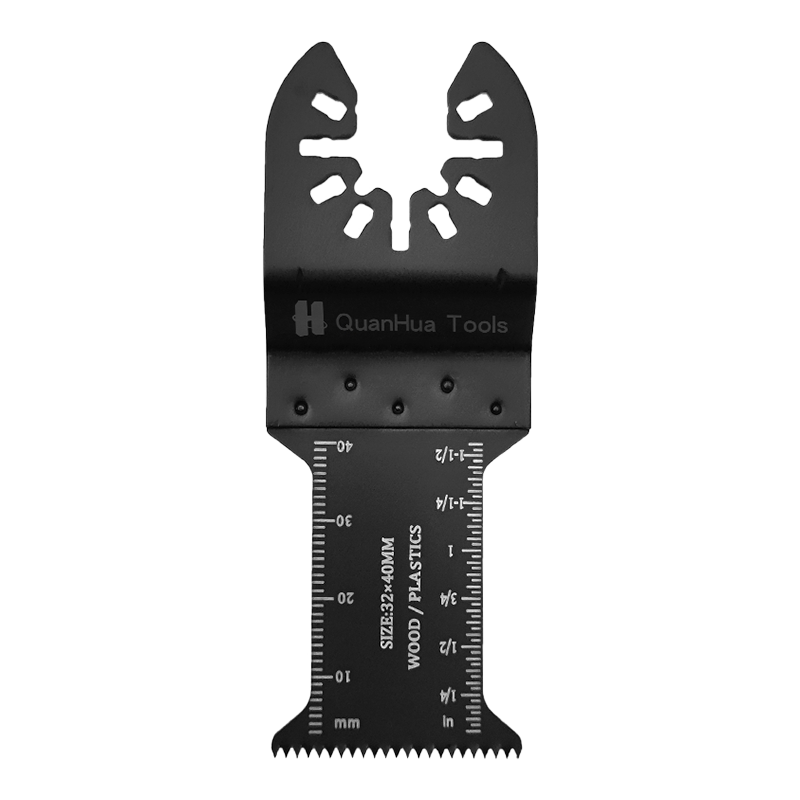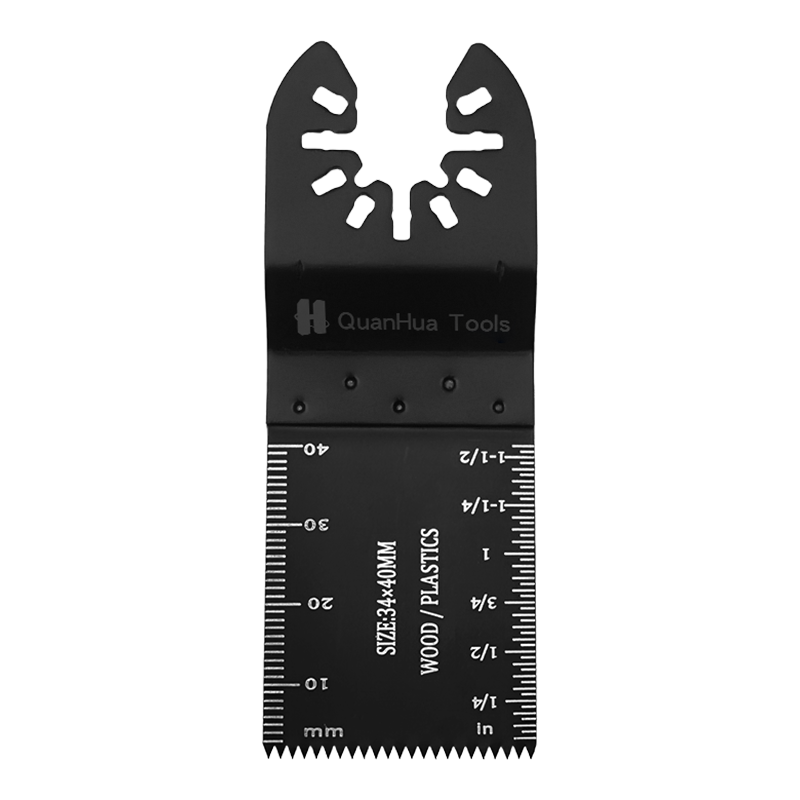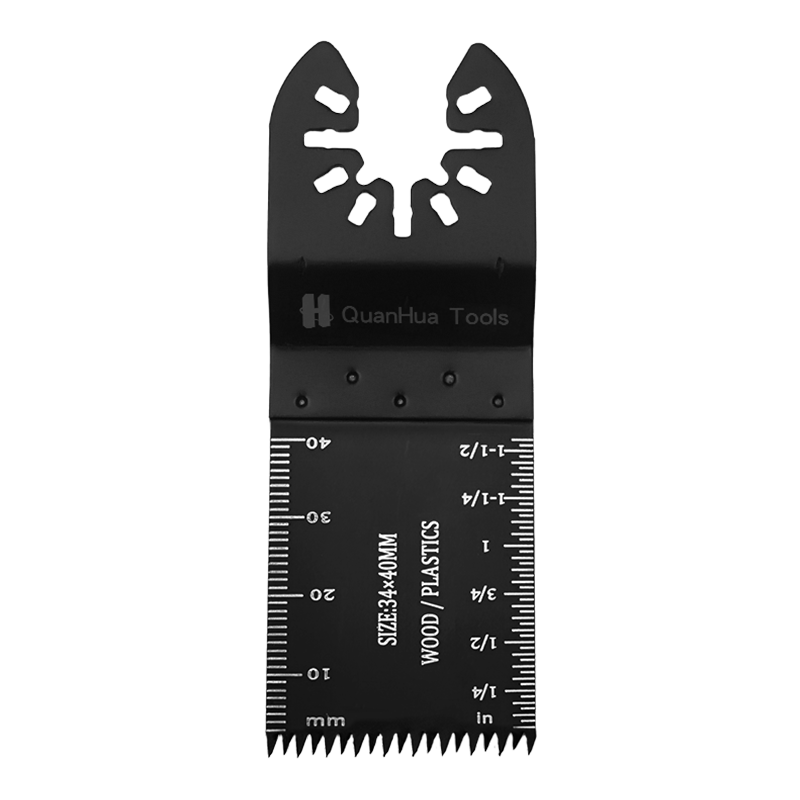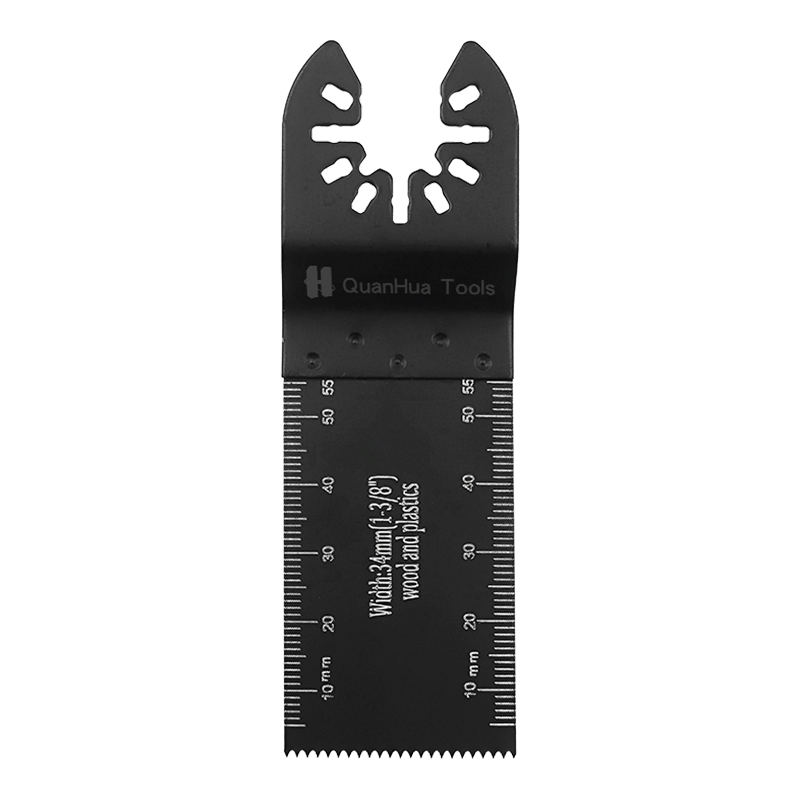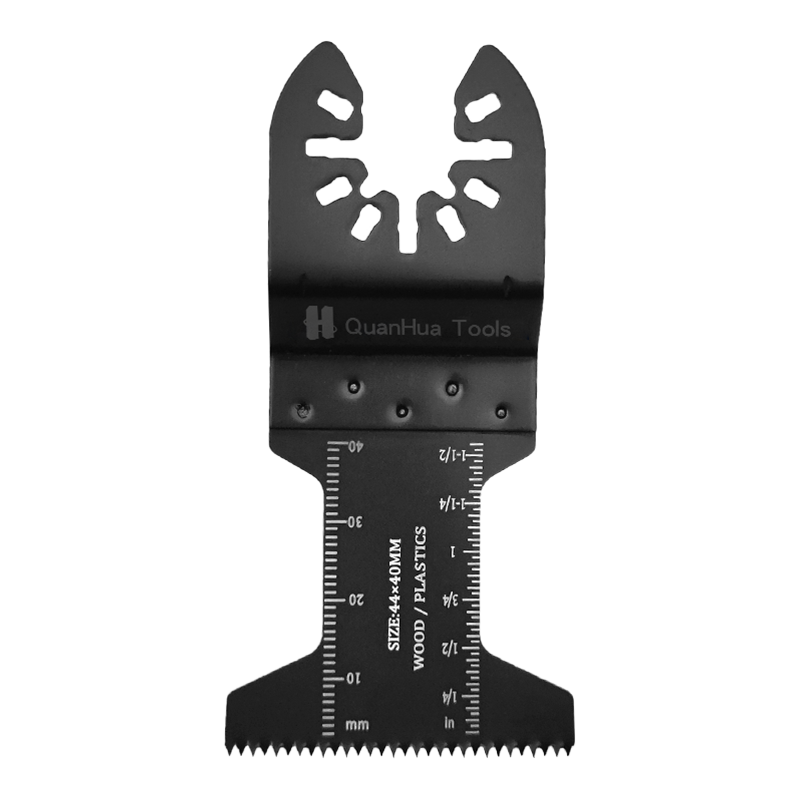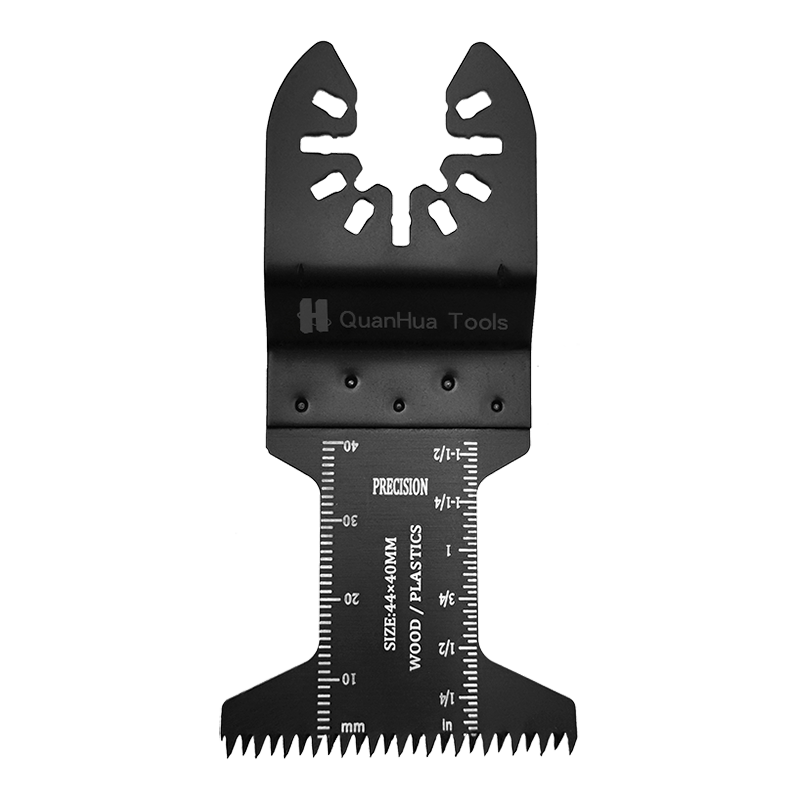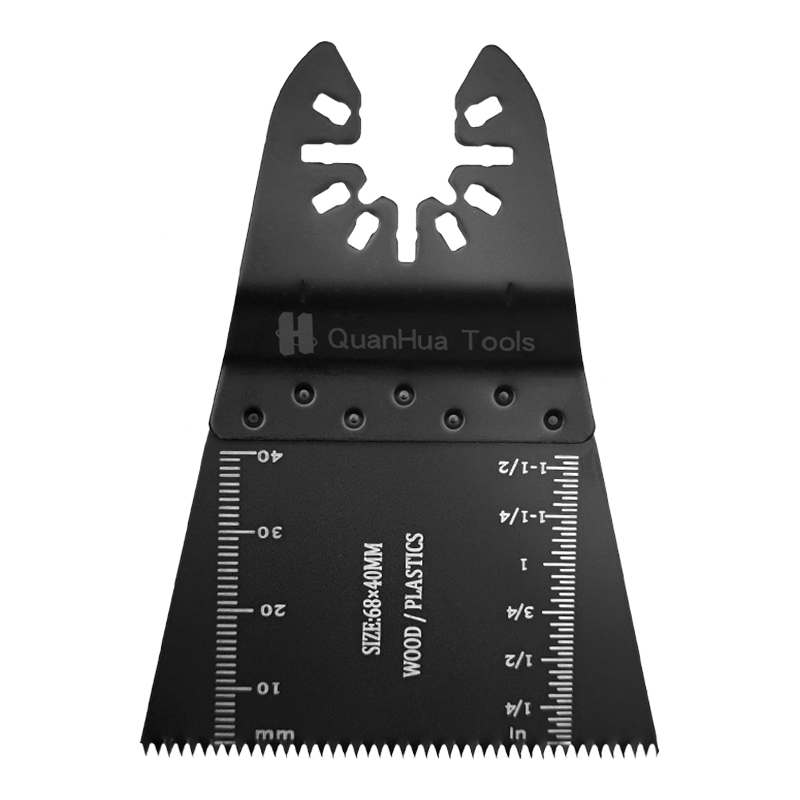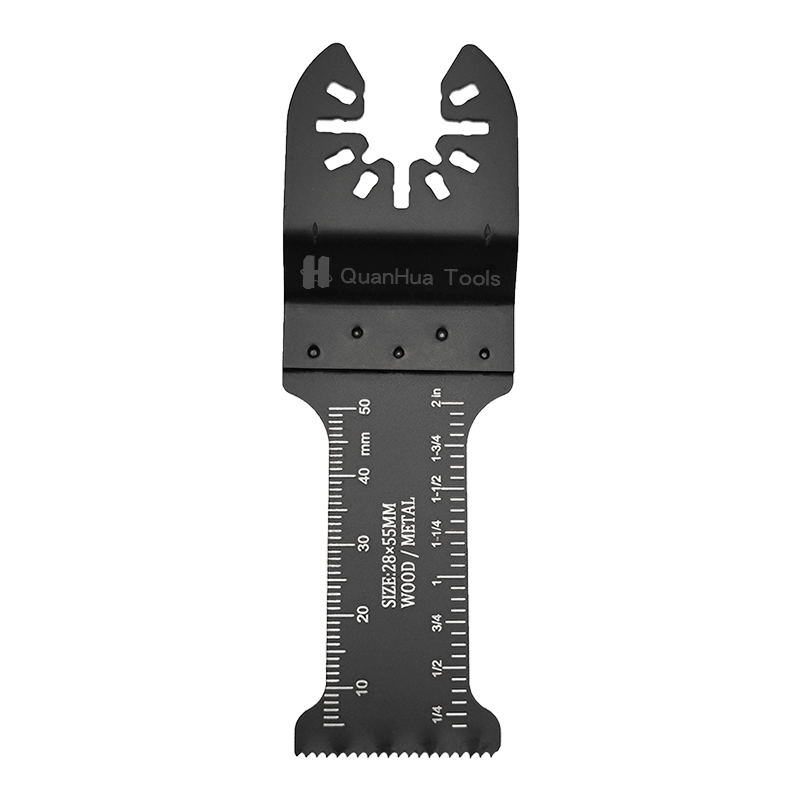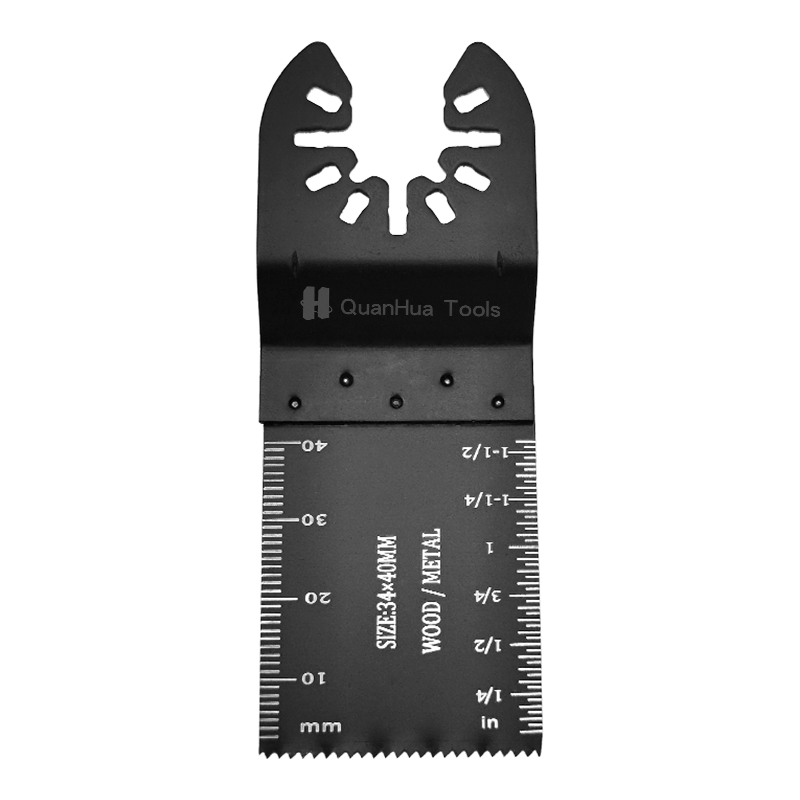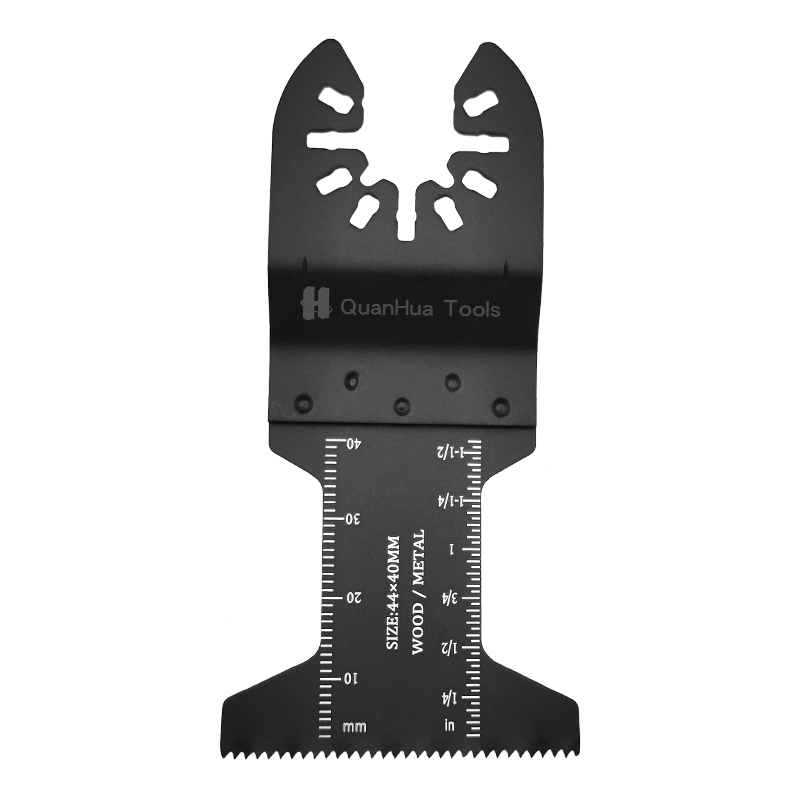Sabre saw blades play a crucial role in achieving high precision during cutting tasks, thanks to a combination of their design, material, and functionality. These blades are used in reciprocating saws, which provide a back-and-forth cutting motion that allows for controlled and accurate cuts across a wide variety of materials, such as steel pipes, wood, plastic, cement, and even ceramics. The ability of the sabre saw blade to make straight, controlled cuts is primarily due to its unique reciprocating motion. This motion, when combined with the right amount of tension in the blade, keeps the cutting edge stable during operation, preventing the saw from veering off course and resulting in smooth, accurate cuts. The constant back-and-forth action minimizes any side-to-side wobble that could lead to irregular or jagged cuts, particularly in more challenging materials.
The materials used to construct sabre saw blades also contribute significantly to their cutting precision. Most blades are made from high-quality metals, such as carbon steel, bi-metal, or carbide-tipped metal. These materials ensure that the blade remains sharp throughout the cutting process, which is essential for maintaining clean and precise cuts. Carbon steel blades are typically used for cutting softer materials, while bi-metal blades—constructed with a combination of high-speed steel and spring steel—are designed to last longer and perform better when cutting tougher materials. Carbide-tipped blades are even more durable, making them ideal for materials like cement and metal, where precision is especially important. Some sabre saw blades are coated with advanced materials such as titanium or carbide to reduce friction during cutting. These coatings not only prolong the lifespan of the blade but also enhance cutting efficiency, allowing the blade to slice through materials more smoothly and with less resistance, which ultimately leads to more precise cuts.
The design of the blade itself is another key factor in its precision. Sabre saw blades are available in various tooth configurations, each suited to specific cutting tasks. For example, blades with fine teeth are ideal for making smooth, precise cuts in wood and plastics, while coarser blades are better suited for cutting through tougher materials like metal or thick lumber. The tooth shape and spacing directly affect the quality of the cut, and choosing the right blade for the material at hand is essential for ensuring accuracy. For instance, when cutting metal pipes or profiles, a blade with a fine tooth pattern will reduce the risk of excessive vibration or wandering, delivering a cleaner cut with minimal burring. This level of precision is vital in industries where tight tolerances are required, such as automotive or construction.
In addition to the blade material and design, sabre saw blades also benefit from advanced technology built into the saws themselves, particularly vibration-reduction features. Reciprocating saws are often equipped with anti-vibration mechanisms that help reduce the amount of vibration transferred to both the user and the blade. These features are particularly important when working with larger saws or when making intricate cuts. Excessive vibration can cause the saw to wobble, which may result in uneven cuts or a loss of control during the cutting process. By minimizing vibration, the tool allows for smoother operation and more precise cuts, even during long periods of use. This is especially useful when cutting through materials that require extra attention, such as ceramic tiles or reinforced steel, where any slight deviation can affect the overall quality of the work.
Another advantage of the sabre saw blade is its versatility in reaching tight or awkward spaces. Due to the design of the saw itself, which is often lightweight and compact, the sabre saw blade can be used in environments where other cutting tools cannot. This is particularly important in industries like plumbing, construction, and demolition, where cuts often need to be made in cramped or confined spaces. For example, when cutting through pipes in a building’s walls or dismantling old window frames, the flexibility and compact nature of the sabre saw blade allow it to perform intricate cuts with high accuracy, even in places where maneuvering is difficult.
Modern sabre saws often come with adjustable speed settings, which further enhance the precision of the cuts. The ability to control the speed of the saw allows users to match the cutting power to the material being worked on. Slower speeds are perfect for delicate tasks where precision is key, such as cutting through thin plastic or detailed woodwork. Faster speeds, on the other hand, are more effective when dealing with tougher materials like thick steel or concrete, where greater force is needed to maintain cutting efficiency.

